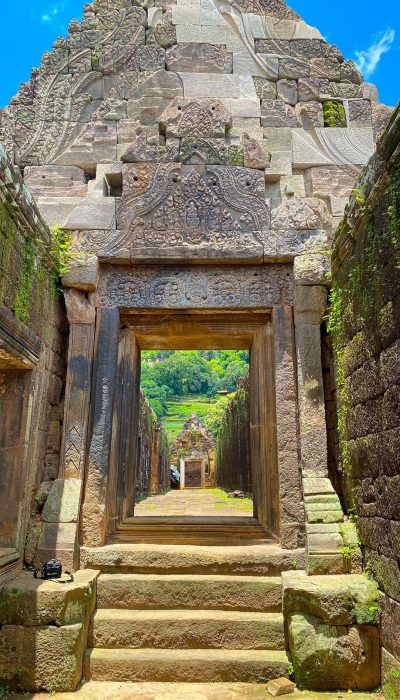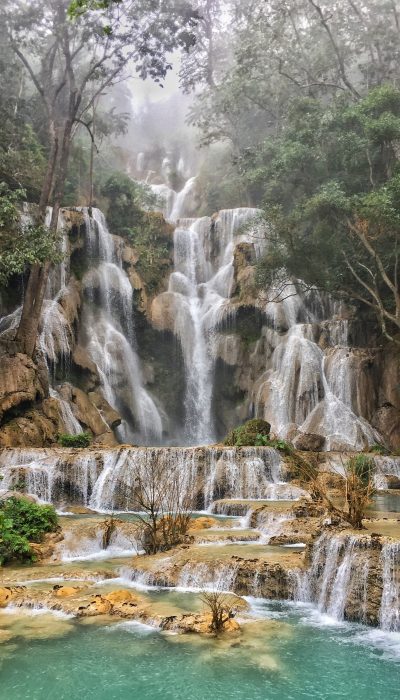
Vivid nature, voluptuous landscapes and a vibrant culture collide with a painful past and optimistic future to make Laos an enigmatic experience for the adventurous.


Laos, a landlocked country that is immensely intriguing, has a relaxed pace and some of the warmest and most welcome people you will ever encounter. In the early hours of the morning in Luang Prabang, ribbons of orange-robed monks collect alms, while in the extreme south the enormous Mekong Delta dominates with its far-flung fishing villages and impenetrable jungle, periodically disturbed by crashing elephants and trilling birds.
The little country of Laos, which has only been accessible to outsiders since 1990, is one of South East Asia’s most endearing locales. A large portion of the nation is made up of rocky highland regions where ethnic hill tribes live in isolation and in relative obscurity, with the majority of the people residing in nearby towns and river valleys. The Mekong River is the lifeblood of the nation and a well-liked entry point into Laos from northern Thailand. It is also a great way to see the Four Thousand Islands (Si Phan Don) region of islets, rocks, and sandbars in the deep south of the nation, close to the Cambodian border. Along the southern banks of the Mekong stands Wat Phou, the most striking Khmer ruin outside of Cambodia.
The tranquil Mekong-side villages of Champasak, Pakse, and Savannakhet are located in this southern region; they are all evocative and full of exquisite French-inspired structures that coexist peacefully with Buddhist temples. Vientiane, the capital of central Laos, may be the most unassuming and relaxed of all the South East Asian nations. It is home to a large number of exquisitely decorated Wats (temples), vibrant local markets, impressive French colonial structures, broad leafy avenues, and Patuxai, the country’s equivalent of the Arc de Triomphe. Vang Vieng, long known as the young travellers’ party centre of Indochina, now focuses more on ecotourism and adventure travel, where you can spend days on the river marvelling at the limestone karsts protruding from the valleys.
Just recently, UNESCO designated the mysterious Plain of Jars in eastern Laos as a World Heritage Site. The charming Luang Prabang, a former royal capital that is now a UNESCO World Heritage site, is located farther north and is teeming with gilded temples, exquisite monasteries, enticing shops, French colonial homes, and saffron-robed monks collecting alms. Luang Prabang is the ideal starting point from which to explore off-the-beaten-path ethnic hill tribal settlements, haggle in local markets, take a boat tour on the Mekong, or simply sit in a cafe and observe life go by. It is tucked into a loop of the Mekong and is surrounded by hills.

Best Time to visit Laos
Sri Lanka can be visited all year long. From late May to September, monsoons deliver rain to the Southwest lowlands and central hills, and from November to February, they do the same for the Northeast. March to mid-April sees an usually dry weather pattern across the nation. June through September are the warmest months of the year in the Cultural Triangle. The west coast is humid and has a mild sea breeze. The Hill Country is always colder because it is 2,000 meters above sea level.
Best Time
Jan – Apr
(Entire Country)
Mid-July – Sep
(Entire Country)
Feb – Sep
(North and East)
Monsoon Season
May – Jul
(South-West Monsoon)
Oct – Jan
(North-East Monsoon)
Beach Season
Jan – Apr
(South)
May – Sep
(East)
Mid-July to Sep
(South)
Wildlife
Dec – Apr
(Bundala National Park – birds)
(South coast – whales)
Nov – Apr
(Kalpitya – dolphins)
Jul – Sep
(Minneriya / Kaudulla – Elephants)
Jan – Oct
(Yala/Wilpattu – leopards)

